Japan’s cherry blossoms are famous throughout the world, and revered as a symbol of life in Japan. The fragile and short lived cherry blossoms are a reminder of the transience of life, and also a herald of the approaching spring. Often featured in poems and other literary works, there’s something magical about cherry trees in full bloom. They transform a place, and the short span of their beauty, only adds to the allure.
In Morioka, we have a very famous cherry tree, Ishiwari Zakura, the Rock Splitting Cherry Tree. While all cherry trees carry an air of delicate beauty, Ishiwari Zakura cherry tree carries an air of perseverance and hardiness as well.
Nearly four hundred years ago, a cherry tree seed found its way into a microscopic crack in the large granite boulder which sits in front of the Morioka Court House. Somehow it flourished, surviving through the harsh and frigid winters, and eventually growing so strong it split the boulder, widening the crack as it continued and still continues to grow. The tree is a symbol of strength for Morioka City, and the Tohoku region, especially following the 2011 earthquake and tsunami. Ishiwari Zakura represents the idea that anything can be achieved, no matter how inconceivable it may seem.
Ishiwari Zakura is a roughly 380 years old, and of the Edohigan Cherry Tree species, which are some of the longest living cherry trees found in Japan. In 1923 the tree was designated as a natural monument of Japan. A short time after that, in 1932 it was almost destroyed, when the courthouse directly behind it caught on fire. Luckily it was saved by the courageous efforts of the firefighters and a local gardener Fujimura Jitaro, who risked his life to save the tree. Jitaro’s family continue to work as volunteers to care for the tree, wrapping it in a burlap sleeve in the winter to keep it warm and protect it from damage, as well as supporting the heavy branches with wooden support beams.
Ishiwari Zakura is one of the first cherry trees to bloom in the spring, often bursting to life much earlier than the rest of the cherry trees in Morioka. A herald of spring, this is also a characteristic of the Edohigan species, yet it only helps to bolster the tree’s fame.
Be sure to come visit Ishiwari Zakura cherry tree, especially in late April when it should be in full bloom. If you’re not sure, check the cherry blossoms forecast for Japan. Regardless of the time of year, however, Ishiwari Zakura is a wonderful place to visit.
Access to Ishiwari Zakura
Ishiwari Zakura is a 20 minute walk from Morioka Station.
By Bus: Take the Morioka Central Loop bus, Denden Mushi( you can’t miss it, it’s decorated with snails!), heading in a clockwise direction. You can catch the bus from stop 16 at the station. The ride takes about eight minutes.
Get off at Chuodori 1-chome, Ishiwari Zakura is about a one minute walk from there.
The buses run from 9:05 , to 17:00 daily, and arrive roughly every ten minutes.
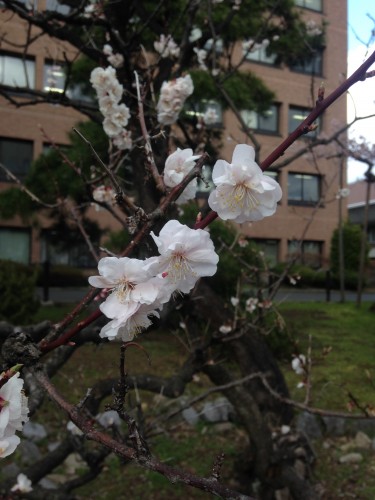
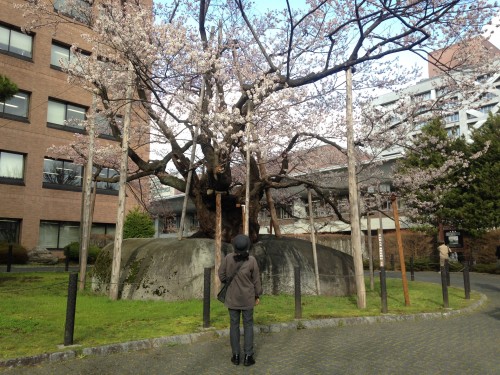

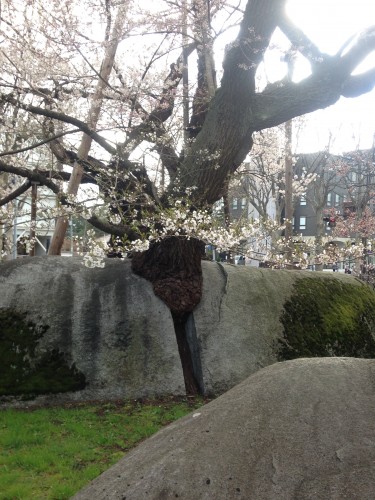
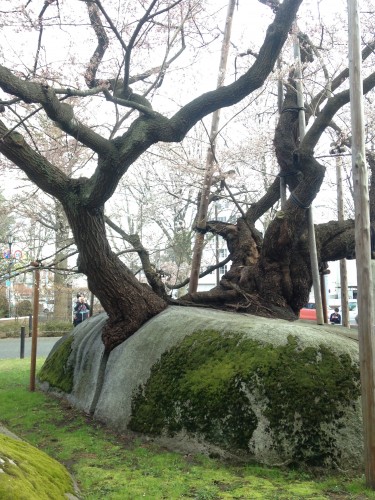
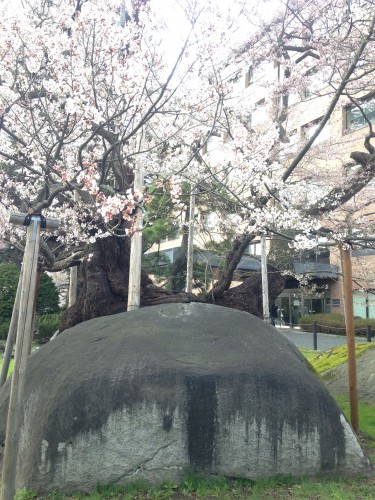

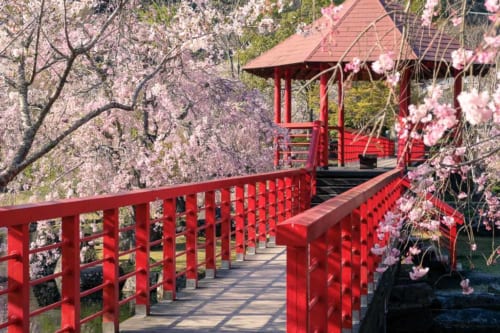
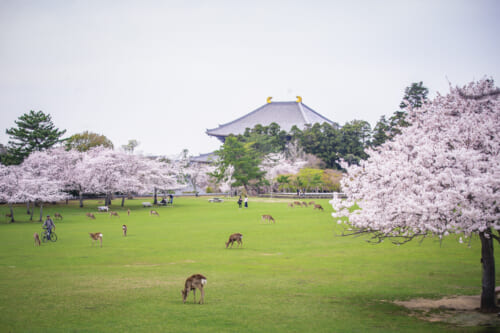

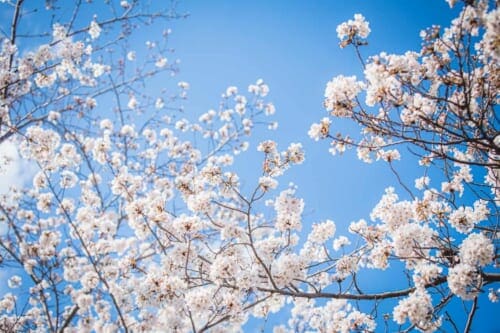
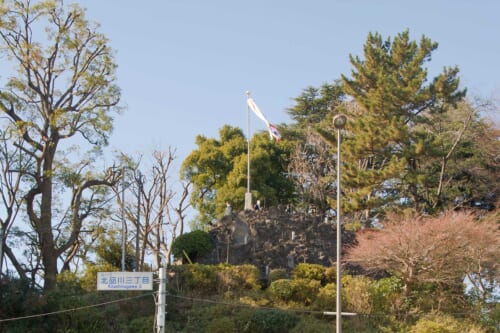
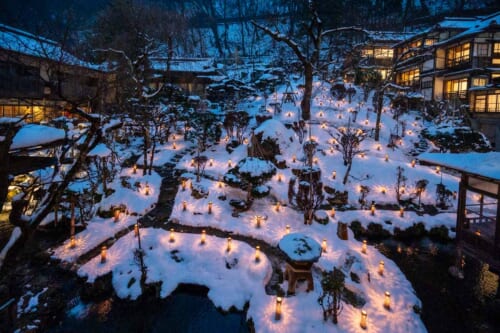
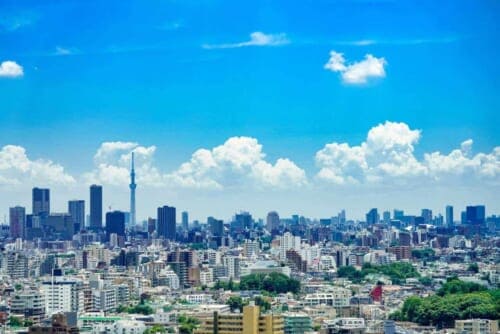
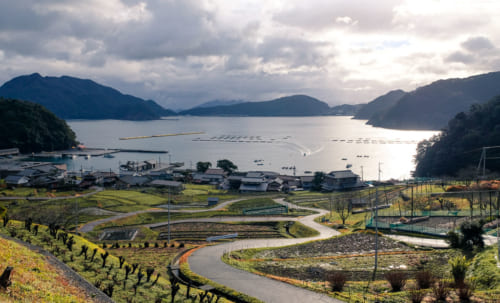
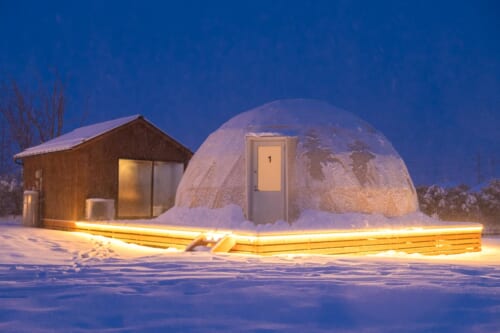
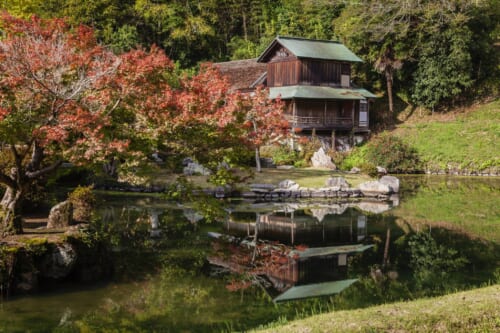



BEAUTIFUL article, and great pictures. I have circled Ishiwarizakura hundreds of times, always awed by the beauty, strength and fragility.
Thank you.
Glad you enjoyed the article! 🙂